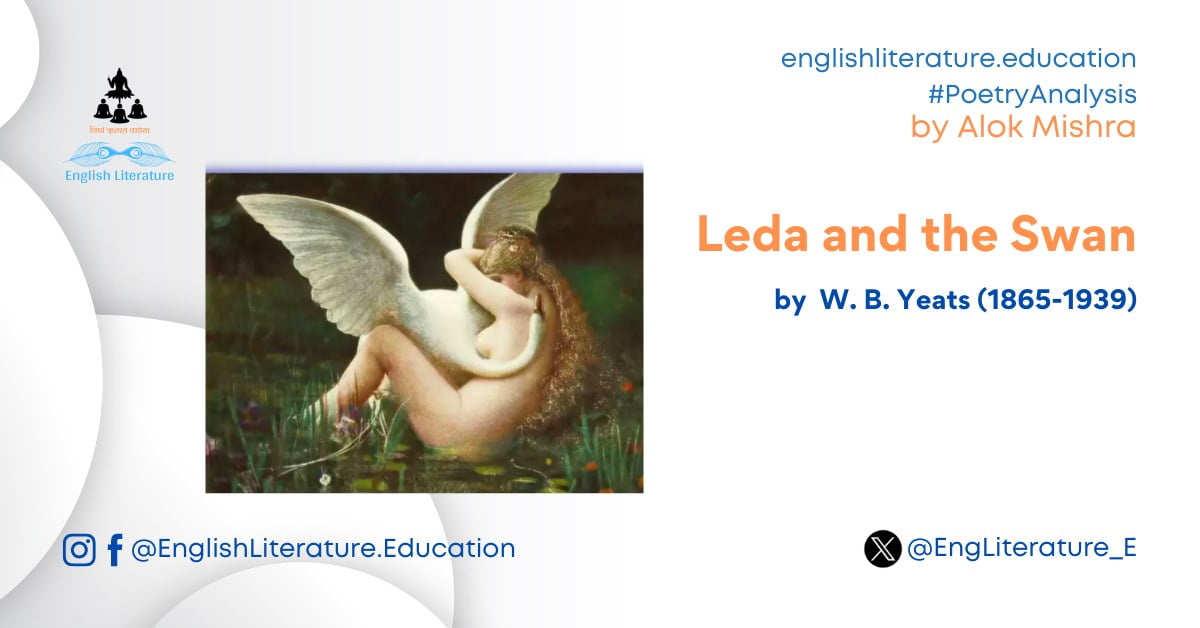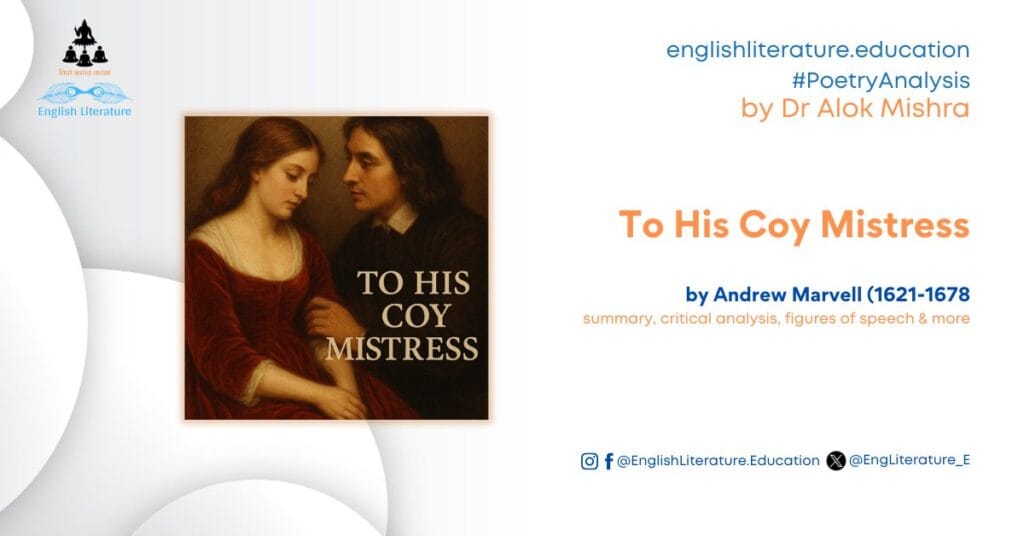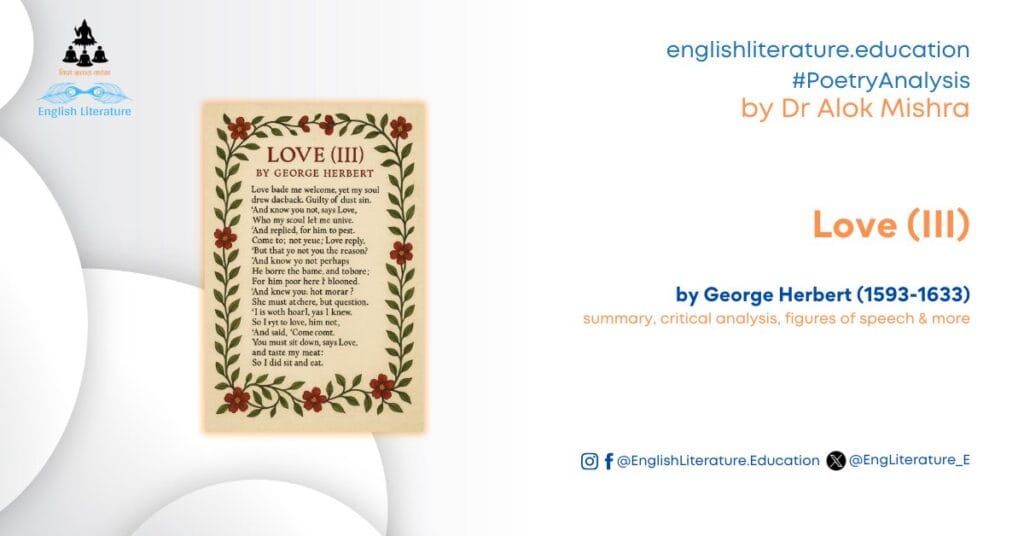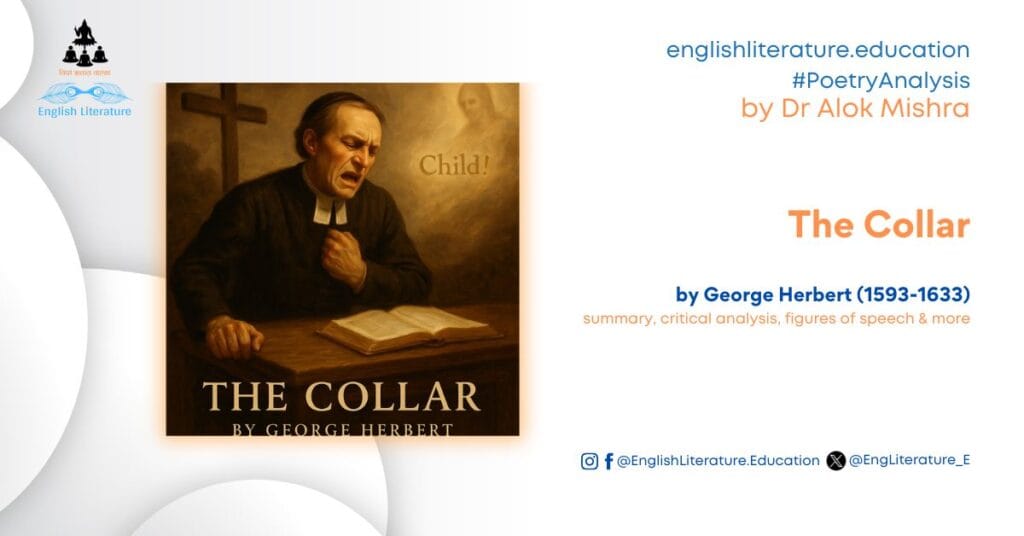W.B. Yeats, a prominent figure in 20th-century Irish literature, demonstrated a penchant for weaving intricate tapestries of mythological themes throughout his poetry. In works such as “The Second Coming,” “Sailing to Byzantium,” and numerous others, Yeats sought to transcend conventional poetic subjects, delving into the realms of mysticism and symbolism. These compositions, laden with rich cultural allusions and esoteric symbolism, reflect Yeats’s fascination with the cyclical nature of history, the struggle between order and chaos, and the quest for spiritual transcendence. “The Second Coming,” for instance, encapsulates the poet’s apprehension about societal upheaval and the imminent collapse of established norms. In “Sailing to Byzantium,” Yeats contemplates the quest for eternal artistic expression and the desire to escape the transient nature of the mortal world. Amidst this exploration of profound ideas, “Leda and the Swan” emerges as a striking example. This poem, drawing inspiration from Greek mythology, vividly depicts the unsettling encounter between the mortal Leda and the divine swan, resulting in the conception of Helen of Troy. Yeats skilfully intertwines the myth with contemporary concerns, using the violent act as a metaphor for the tumultuous political landscape of his time. The poem navigates themes of power, violation, and the inevitable intertwining of the divine and the human. The brutal imagery employed in “Leda and the Swan” starkly contrasts with the ethereal and symbolic nature of his other works, revealing Yeats’s willingness to explore the darker facets of human existence. In this poem, the mythological narrative becomes a powerful vehicle through which Yeats confronts the complexities of history, power dynamics, and the enduring impact of profound moments on the course of destiny. Thus, within the broader context of Yeats’s oeuvre, “Leda and the Swan” stands as a poignant manifestation of the poet’s ability to transcend the commonplace, delving fearlessly into the profound and unsettling aspects of the human experience. In this article, we will explore Leda and the Swan in detail. Let’s begin with the fundamental details of the poem.
Leda and the Swan, Publication Details:
“Leda and the Swan,” a seminal work by W.B. Yeats, was first published in 1928 in the collection “The Tower.” This collection marked a significant phase in Yeats’s poetic journey, showcasing his evolving style and a deepening engagement with mythological themes. Comprising 14 lines, the poem adheres to the sonnet form, yet its content transcends traditional boundaries. Yeats himself acknowledged the potency of “Leda and the Swan,” recognising its transformative impact on his body of work. In a reflection on the poem, he conveyed that the inspiration for this vivid exploration of violation and its consequences stemmed from his contemplation of the turbulent political climate of post-World War I Europe. The intensity of the imagery, combined with the brevity of the poem, captures the essence of the myth and its contemporary resonance. Yeats’s comment on the poem underlines the deliberate fusion of myth and modernity, illustrating his belief in the enduring power of ancient narratives to illuminate the complexities of the present. The publication of “Leda and the Swan” within the broader context of “The Tower” solidifies its status as a cornerstone of Yeats’s poetic legacy, where myth becomes a potent lens through which to view the tumultuous currents of history and human experience.
Composed: 1923
Published: 1928
Poetry Collection: The Tower
Form: Sonnet, 14 lines
Rhyme Scheme: ABAB CDCD EFG EFG
Theme: Rape of Leda by Zeus, disguised as a Swan
Leda and the Swan, a Quick Summary of the Poem:
In short, the poem explores the myth of Leda, the Queen of Sparta, and her fateful encounter with Zeus in the form of a swan. In this quick summary, we will explore what happens in the poem, the qualities of the poem, and what it tries to connote. So, keep reading.
The poem opens with a vivid and disturbing depiction of the violent act, as Zeus, in his swan form, descends upon Leda. The language used by Yeats is visceral and evocative, capturing the forceful and intrusive nature of the encounter. The graphic imagery serves to shock the reader, setting the tone for the unsettling exploration of power dynamics and the violation that ensues.
The central theme of “Leda and the Swan” revolves around the consequences of this divine violation. Leda, although initially passive, becomes an unwilling participant in a union that transcends the boundaries between mortal and divine. The poem delves into the transformative impact of this encounter, both on Leda personally and on the broader course of history. As the narrative unfolds, Yeats skilfully weaves in allusions to classical mythology, particularly the Trojan War. Leda’s violation results in the birth of Helen of Troy, a pivotal figure in Greek mythology whose beauty and subsequent abduction played a crucial role in the epic conflict. The poem thus connects the mythological event to historical consequences, underscoring the idea that moments of profound significance can shape the trajectory of civilisations. The symbolism in “Leda and the Swan” extends beyond the myth itself. The swan, traditionally a symbol of beauty and grace, is transformed into a menacing force that disrupts the natural order. This transformation mirrors the upheavals of Yeats’s contemporary world, marked by the aftermath of World War I and the political turmoil of the early 20th century. The violation of Leda becomes a metaphor for the violent disruptions in society, echoing the chaos and tumult of the historical moment.
Furthermore, the poem’s structure is notable. Written in sonnet form, “Leda and the Swan” adheres to the traditional 14-line structure but deviates from the conventional Petrarchan or Shakespearean sonnet. Instead, it follows a rhyme scheme of ABAB CDCD EFG EFG, creating a sense of tension and discord that complements the thematic content. The fractured rhyme scheme mirrors the fractured reality presented in the poem, where the violation disrupts the established order.
To sum up the summary, “Leda and the Swan” is a powerful exploration of the intersection between mythology and history. Through vivid and provocative imagery, Yeats delves into the consequences of a mythological event, using it as a lens to examine the broader implications for individuals and societies. The poem’s resonance lies not only in its mythic elements but also in its ability to illuminate the complexities of power, violation, and the enduring impact of transformative moments on the course of human history.
Leda and the Swan, Stanza-by-Stanza Explanation and Critical Commentary:
Explanation:
These lines form the opening quatrain of W.B. Yeats’s poem “Leda and the Swan.” It vividly describes the forceful encounter between Leda, the Queen of Sparta, and Zeus in the form of a swan. The violent nature of the act is captured through the imagery of the swan’s wings beating, the dark webs caressing Leda’s thighs, and his bill capturing her nape. The intimate and forceful engagement is encapsulated in the final line, where the swan holds Leda’s breast upon his breast, rendering her utterly helpless.
Critical Commentary:
Yeats’s depiction of the mythological encounter in “Leda and the Swan” is both powerful and provocative. The abruptness of the opening line, “A sudden blow,” immediately sets a tone of shock and violence. The explicit imagery used to describe the violation, such as “dark webs” and the swan’s bill capturing Leda’s nape, contributes to the poem’s visceral impact. The choice of words like “staggering” and “helpless” emphasises Leda’s vulnerability in the face of divine force. This stark portrayal serves to heighten the tension and discomfort felt by the reader, reinforcing the poem’s exploration of power dynamics and violation.
Notes on Poetic Prowess:
Yeats employs several poetic devices to enhance the impact of the excerpt. The use of enjambment between lines creates a sense of continuity, mirroring the relentless nature of the swan’s actions. The alliteration in “great wings” and “her thighs” adds a sonic quality, emphasising the physicality of the encounter. The repetition of the word “breast” in the final line creates a rhythmic pattern, intensifying the emphasis on the physical entanglement. Additionally, the concise and concentrated nature of the quatrain contributes to the poem’s overall brevity, allowing for a sharp focus on the climactic moment.
Comparison with other poets:
While Yeats’s exploration of myth and its impact on the human experience is unique, one might draw parallels with other poets who have delved into the darker aspects of mythology. The intensity and explicitness of the violation in “Leda and the Swan” evoke comparisons with the works of T.S. Eliot, particularly his poem “The Waste Land,” where themes of desolation and cultural decay are explored. Both poets share a commitment to delving into the unsettling realities of their respective times through mythic lenses.
Lines 5-8
How can those terrified vague fingers push
The feathered glory from her loosening thighs?
And how can body, laid in that white rush,
But feel the strange heart beating where it lies?
Explanation:
This excerpt from W.B. Yeats’s “Leda and the Swan” delves into the aftermath of the violent encounter between Leda and Zeus in the form of a swan. The speaker contemplates the bewildering aftermath as Leda grapples with the consequences of the divine violation. The imagery of “terrified vague fingers” suggests Leda’s disorientation and fear, questioning how her trembling hands could possibly remove the swan’s majestic feathers from her thighs. The subsequent lines ponder the disconcerting sensation of her body laid in the aftermath, emphasising the surreal experience of feeling the swan’s strange heartbeat.
Critical Commentary:
In these lines, Yeats masterfully captures the psychological and physical aftermath of the mythic encounter. The use of vivid and evocative language, such as “terrified vague fingers” and “feathered glory,” conveys the intense emotions and confusion experienced by Leda. The juxtaposition of the tactile act of pushing the feathers and the introspective inquiry into the body feeling the swan’s heartbeat creates a rich layering of sensations. The poet skillfully navigates the complexities of violation, shock, and the surreal merging of divine and mortal elements in the aftermath.
Notes on Poetic Prowess:
Yeats employs effective poetic devices to enhance the emotional resonance of the lines. The alliteration in “terrified vague fingers” creates a sense of tension and unease, mirroring Leda’s emotional state. The enjambment between lines propels the reader forward, emphasizing the urgency and intensity of the contemplation. The use of contrasting imagery, from the majestic “feathered glory” to the unsettling “white rush,” contributes to the poem’s thematic complexity. Furthermore, the rhythmic flow and musicality of the lines add to the overall impact, allowing for a nuanced exploration of the emotional aftermath.
Comparison with other poets:
These lines evoke comparisons with poets who have explored themes of violation, aftermath, and the intersection of the divine and human. The introspective inquiry into bodily sensations and the merging of the mythic with the personal resonate with the works of Sylvia Plath, particularly in poems such as “Lady Lazarus” and “Ariel.” Both poets share a commitment to delving into the psychological complexities of transformative and traumatic experiences.
Lines 9-11
Explanation:
This excerpt from W.B. Yeats’s “Leda and the Swan” encapsulates the transformative impact of the violent encounter between Leda and Zeus in the form of a swan. The poet describes a shudder in Leda’s loins, suggesting a physical and emotional upheaval that gives birth to significant consequences. The subsequent imagery of the “broken wall, the burning roof and tower” evokes a sense of destruction, upheaval, and chaos. The mention of Agamemnon’s death, a prominent figure from Greek mythology, alludes to the broader consequences of the mythic union and its far-reaching impact.
Critical Commentary:
In these lines, Yeats delves into the repercussions of the mythic event, expanding the narrative beyond the immediate aftermath. The shudder in Leda’s loins symbolises the profound and transformative nature of the encounter, emphasising its seismic impact on both the individual and the collective. The vivid imagery of the broken wall, burning roof, and tower conjures images of destruction, mirroring the upheaval that often accompanies transformative moments. The inclusion of Agamemnon’s death connects the personal violation to broader historical consequences, linking the mythic with the historical in a seamless exploration of fate and destiny.
Notes on Poetic Prowess:
Yeats employs poetic devices to enhance the evocative nature of these lines. The alliteration in “broken,” “burning,” and “tower” creates a rhythmic cadence, emphasising the destructive elements described. The enjambment between lines contributes to a sense of continuity, mirroring the ongoing repercussions of the mythic event. The use of symbolic imagery, such as the broken wall, adds layers of meaning, inviting readers to interpret the consequences on both a personal and societal level. The brevity of the lines contributes to the overall impact, allowing for a concise yet potent exploration of the aftermath.
Comparison with other poets:
This exploration of the aftermath and far-reaching consequences shares thematic similarities with the works of poets like T.S. Eliot, particularly in “The Waste Land,” where themes of desolation, decay, and the collapse of societal structures are prevalent. Both poets delve into the collective consequences of transformative events, linking the personal to the historical and mythic.
Lines: 12-14
Being so caught up,
So mastered by the brute blood of the air,
Did she put on his knowledge with his power
Before the indifferent beak could let her drop?
Explanation:
This excerpt from W.B. Yeats’s “Leda and the Swan” continues the echoes of the aftermath of the mythic encounter between Leda and Zeus in the form of a swan. The speaker contemplates Leda’s state of being after being caught up and mastered by the overwhelming force of the swan. The question posed revolves around whether Leda acquired the swan’s knowledge along with its power, pondering the nature of the transformative experience. The mention of the “indifferent beak” suggests a moment of decision or release, questioning whether Leda’s acquisition of knowledge is contingent upon the swan’s actions.
Critical Commentary:
In these lines, Yeats delves into the complexity of the mythic transformation, questioning the nature of the exchange between Leda and the swan. The notion of being “caught up” and “mastered” implies a surrender to the overwhelming force, raising questions about agency and the consequences of such a profound encounter. The juxtaposition of “knowledge” and “power” adds depth to the exploration, suggesting that the acquisition of one may be inseparable from the other. The use of the term “indifferent beak” introduces an element of uncertainty, emphasising the ambiguity surrounding the outcome of the mythic union.
The interpretation of the expression “indifferent beak” as symbolising post-coital indifference after ejaculation is a nuanced and controversial viewpoint put forth by certain scholars. This interpretation delves into the sexual and psychological implications embedded in the imagery, offering a distinct perspective on the aftermath of the mythic union. In the context of the poem, the “indifferent beak” refers to the swan’s beak, which, following the violent encounter with Leda, becomes a symbolic focal point for the transformative act. Scholars who advocate for the post-coital interpretation argue that the word “indifferent” suggests a dispassionate or apathetic attitude, mirroring the detachment often associated with the aftermath of sexual climax. The swan, having fulfilled its instinctual drive for procreation, is portrayed as indifferent to the consequences of its actions, leaving Leda to grapple with the transformative aftermath alone. This interpretation aligns with the broader theme of violation and its consequences explored in the poem. It posits that the swan, as a symbol of masculine power and aggression, exhibits a lack of emotional engagement or concern for the consequences of its actions. The act of ejaculation, symbolised by the beak, becomes a moment of release for the swan, leaving Leda to navigate the aftermath of the encounter.
Notes on Poetic Prowess:
Yeats employs poetic devices to convey the complexity and ambiguity of the transformation. The use of enjambment between lines creates a sense of continuous thought, mirroring the ongoing contemplation of the speaker. The alliteration in “brute blood” and the repetition of “knowledge” and “power” contribute to the rhythmic flow of the lines. The questioning structure of the lines enhances the sense of inquiry, inviting readers to engage with the ambiguity of the mythic moment. The brevity of the lines adds to the overall impact, allowing for a concise yet thought-provoking exploration of the aftermath.
Comparison with other poets:
This contemplation of the transformative consequences and the intertwining of knowledge and power resonates with the works of poets like William Blake, who often explored the relationship between inner experience and external forces. Both poets share a fascination with the mystical and the transformative, using their works to probe the complexities of human existence.
Leda and the Swan by W B Yeats, a Comprehensive Critical Analysis:
W.B. Yeats’s “Leda and the Swan” is a masterful exploration of mythology, history, and the transformative power of violent encounters. Composed in 1923 and later published in the collection “The Tower” in 1928, the poem epitomizes the poet’s engagement with mysticism and symbolism, characteristic of his later works. The poem’s composition, marked by its concise yet powerful structure, contributes to its enduring impact on English literature of the 20th century.
The poem is divided into three quatrains, adhering to a regular rhyme scheme (ABAB CDCD EFG EFG). This structured composition creates a rhythmic flow that accentuates the intensity of the narrative. The brevity of each quatrain enhances the impact of individual lines, allowing the poet to capture the essence of the transformative event with succinct precision. The enjambment between lines further propels the reader forward, mirroring the relentless nature of the swan’s actions and the profound consequences of the encounter.
Yeats employs a range of poetic devices to enrich the sensory and emotional impact of the poem. The vivid and visceral imagery in the first quatrain, such as “staggering girl,” “dark webs,” and “helpless breast,” conveys the brutality and violation inherent in the mythic union. The use of alliteration, particularly in “great wings beating,” adds a sonic quality that underscores the physicality of the encounter. The repetition of the word “breast” in the final line of the first quatrain creates a rhythmic pattern, intensifying the emphasis on the entanglement between the divine and the mortal.
The poem abounds with allusions to classical mythology and history, adding layers of meaning and depth. The reference to Leda, the Queen of Sparta, and the swan alludes to the Greek myth of Zeus seducing Leda in the form of a swan. The mention of Agamemnon’s death in the third quatrain connects the poem to the broader canvas of Greek mythology, introducing the Trojan War and the consequences of the mythic union. This interweaving of myth and history places the poem in conversation with timeless narratives, offering a unique perspective on the enduring impact of mythic events.
The poem’s exploration of violation and transformation is set against the backdrop of a turbulent historical period, post-World War I Europe. The explicit and brutal imagery in the first quatrain serves as a metaphor for the societal upheaval and collapse of established norms during this time. The broken wall, burning roof, and tower evoke images of destruction, mirroring the larger historical context. This fusion of the mythic with the historical underscores Yeats’s ability to transcend the personal and engage with broader societal themes in his poetry.
The final quatrain introduces a contemplative tone, inviting readers to reflect on the consequences of the mythic encounter. The enigmatic phrase “indifferent beak” sparks scholarly debate, with interpretations ranging from post-coital indifference to the detachment of the divine from mortal concerns. This ambiguity adds to the poem’s richness, allowing for diverse readings and interpretations.
Without a doubt, “Leda and the Swan” stands as a significant work in English literature of the 20th century, showcasing Yeats’s mastery of blending myth, history, and symbolism. The poem’s composition, marked by its rhythmic precision and vivid imagery, contributes to its enduring resonance. Through its exploration of violation, transformation, and the intersection of the mythic and historical, the poem remains a powerful testament to Yeats’s ability to capture the complexities of the human experience in the midst of societal and cultural upheaval.
Conclusion:
In conclusion, this comprehensive study package on W.B. Yeats’s “Leda and the Swan” must have served as an invaluable resource for students of English literature, offering a thorough exploration of the poem’s multifaceted layers. By meticulously examining Yeats’s thematic preoccupations, the historical context of post-World War I Europe, and the intricate details of the poem’s composition, poetic devices, and allusions, the package, I hope, could have been resourceful to the readers with the tools to navigate the complexities of this seminal work. The critical commentary on specific lines, such as the enigmatic “indifferent beak,” was intended to encourage nuanced interpretation and foster critical thinking. Furthermore, the study package also delved into Yeats’s poetic skill, highlighting his masterful use of enjambment, alliteration, and rhythmic patterns. The exploration of myth and history, particularly the allusions to Leda and Agamemnon, aimed to place the poem within the larger context of classical narratives, enriching the reader’s understanding of the mythic elements. Overall, this study package provides a holistic and in-depth understanding of “Leda and the Swan,” inviting readers to engage with the poem on multiple levels and fostering a deeper appreciation for its timeless themes and enduring impact in the landscape of English literature. I request you to share it with your friends who might be interested in knowing more about the popular poem by W B Yeats. I have also written about other famous poems by Yeats. You can find the articles below:
Annunciation Poems by W B Yeats
Thanks for reading!
Alok Mishra for English Literature Education





2 Comments. Leave new
Noes simple but not childishly simple .Fine indeed.
Thanks for this amazing, detailed and helpful critical analysis of Leda and the Swan poem by Yeats. I was looking for some useful explanation. Luckily I found this website. Very helpful. Especially for students of English literature from India and around. Many thanks again. Keep doing the good job.